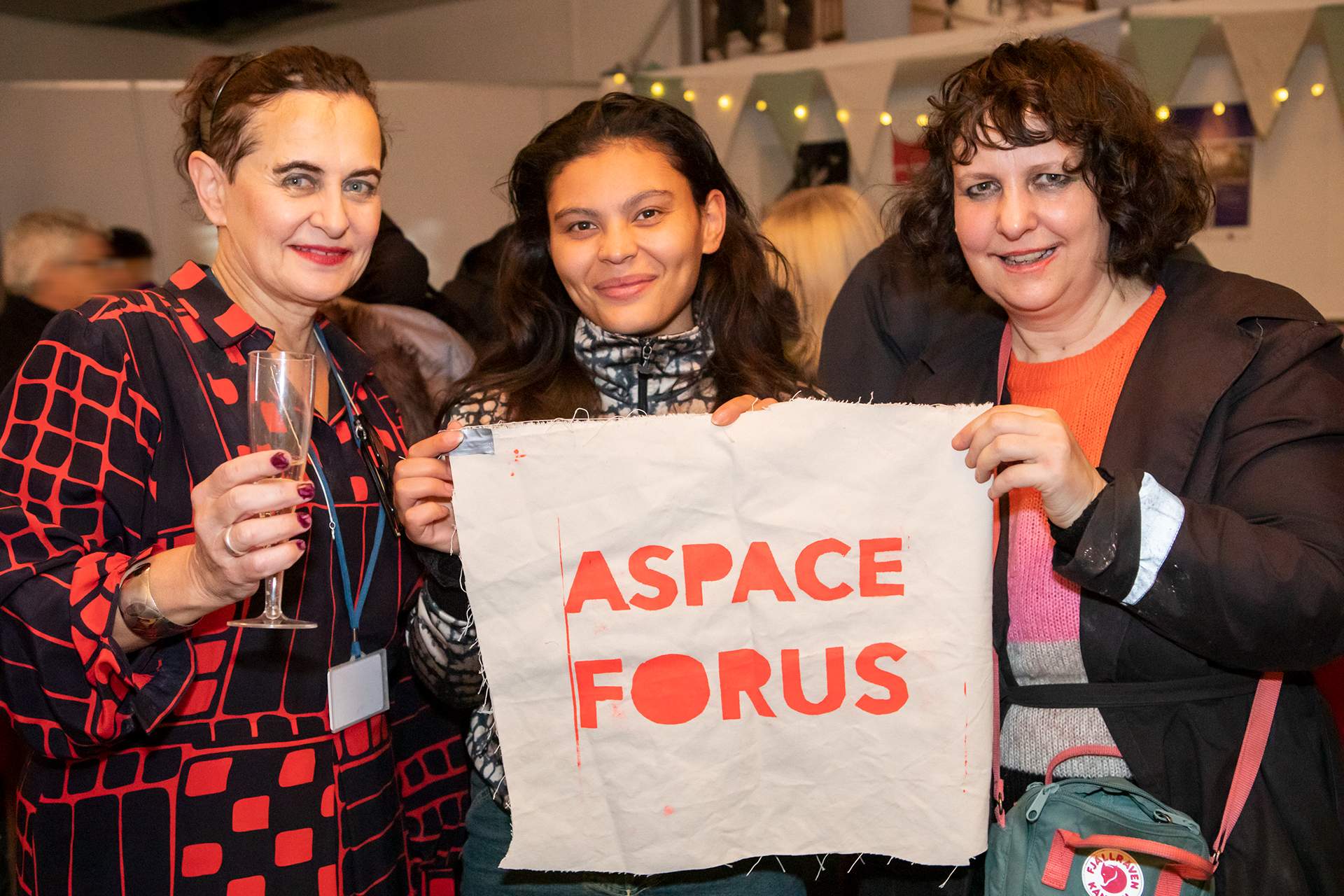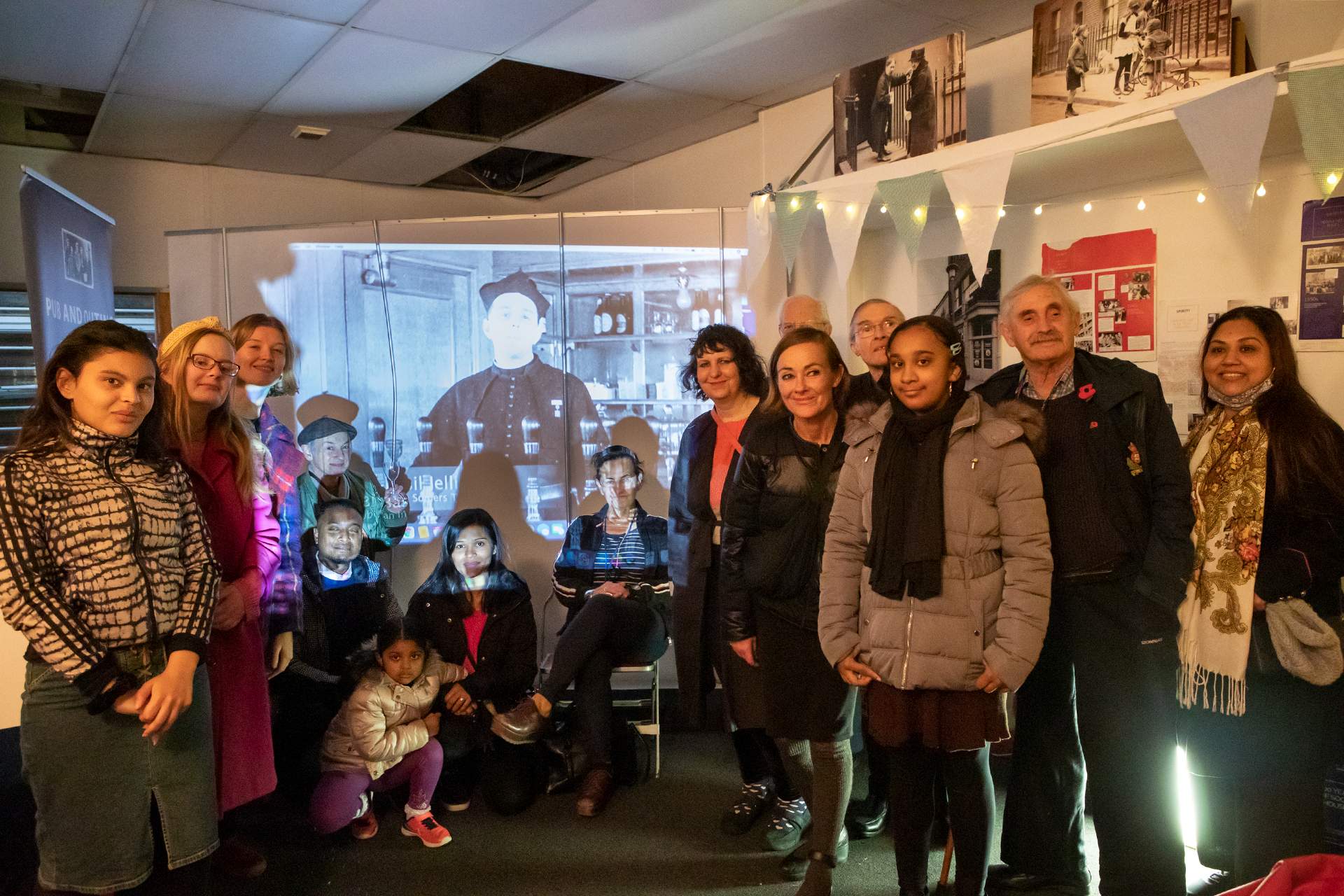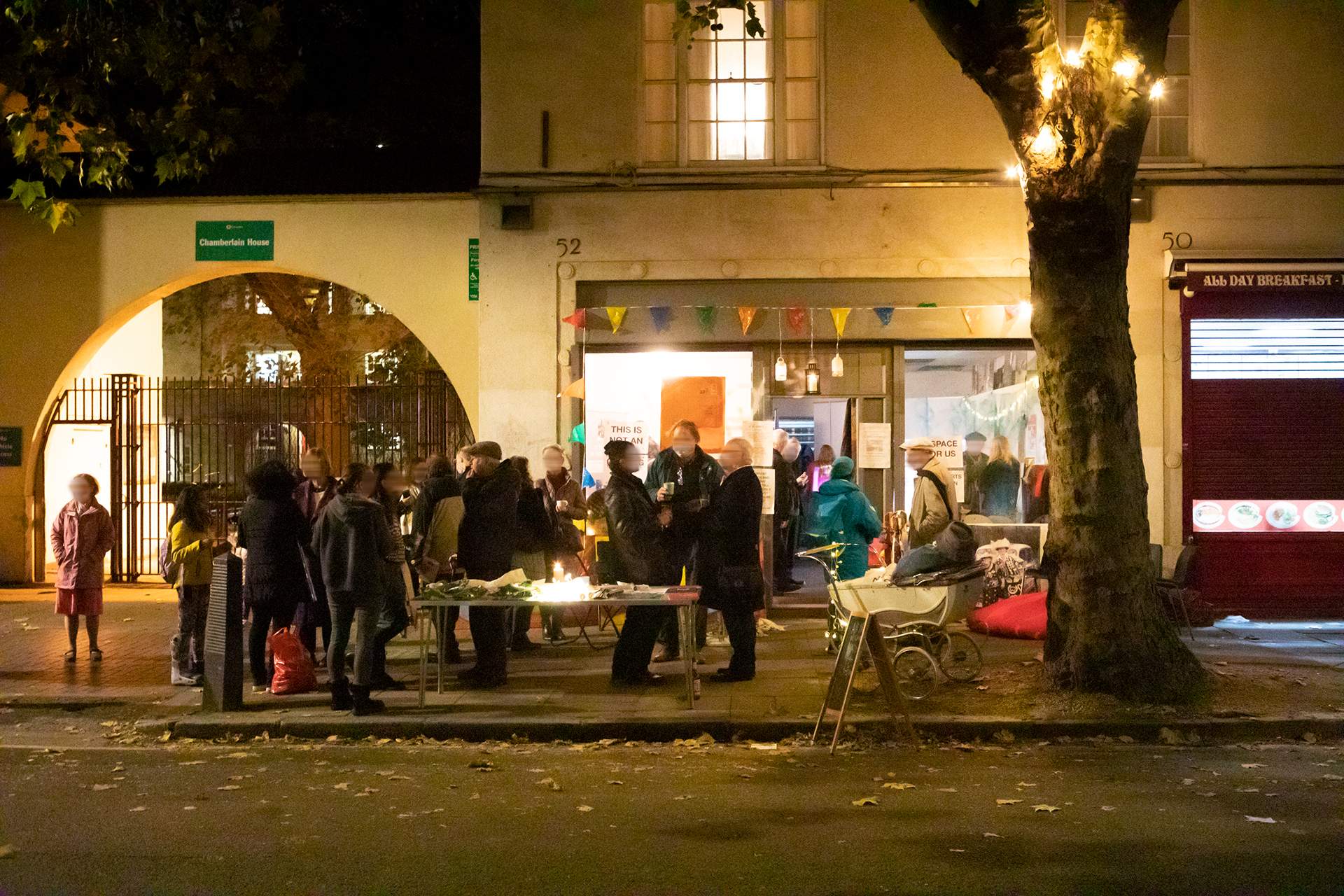We’re no strangers to the incredible stories that lurk just under the surface of our streets, but creating a museum for a tiny stretch of London? We spoke to Diana Foster, one of the founders of A Space for Us, a museum for Somers Town, on some of the stories that spring from the area – and to celebrate the opening of their new physical space.
Diana explains the choice of name, saying, “we want to get away from that idea that it’s a museum and you can’t touch anything. My ambition is that this space is a space for art, for this community, but also a space to reflect on the pace of change.”

The idea for a Somers Town Museum sprang up ten years ago, with a team that now includes Birkbeck Professor of Political Aesthetics Esther Leslie, as well as councillors, residents and artists-in-residence. Diana, who describes herself as “not a historian and not a museum person at all”, came to the museum through community activism and community work.
Located between three train terminals – Euston, St Pancras and King’s Cross – Diana says the small stretch of streets that is Somers Town is a “strange place”, adding that the “sense of location alone tells you a lot, we have lots of waves of people coming through”.
“My ambition is that this space is a space for art, for this community, but also a space to reflect on the pace of change.”
The radical thinkers, reformers and uncommon people of Somers Town
As she talks, Diana reveals an almost endless list of characters and notable figures that lived or influenced the local area. “Our narrative is clear: this patch links [Mary] Wollstonecraft to [Basil] Jellicoe, priests in pubs to drinkers in prams, radical thinkers to social reformers,” she says.
A central Somers Town name is Fr.Basil Jellicoe, the charismatic priest and pub landlord who founded the St Pancras Housing Association and someone who Diana says was “instrumental in setting up the slum clearance”. Diana is currently campaigning to get a blue plaque installed for Irene Barclay, who worked alongside Jellicoe and was the first woman in the UK to qualify as a chartered surveyor. By the end of the 1930s, the Housing Association had created over 600 new homes in the area.

Art and working-class housing
Improving living conditions was obviously one of the biggest objectives of the slum clearance, but this social housing movement was innovative in that it also centred some of the more esoteric aspects of daily life. The area has always held radical thinkers, from the communist-led Unity Theatre, set up in 1936, down to the Gilbert Bayes-designed glazed pottery finials on the estate’s washing lines, space was made for community and ‘art in everyday life’. Diana explains that this housing project proved to be inspirational, attracting “bohemian thinkers and artists”. A variety of community clubs sprang up, the most popular being the Mums Club, which put on amateur theatre nights and outings and provided some respite from domestic chores.

Pan-Africanism in Camden
Somers Town has also been at various points the home of intellectual and political movements. A flat owned by author and activist George Padmore on a “small, unassuming little street” in the area became the centre for Pan-Africanism, a movement seeking to bring about decolonisation and African independence. “London at the time held a lot of African intellectuals and radical thinkers, it’s a place where if you were exiled, you could meet like-minded people,” she says.
Of the range of remarkable stories in Somers Town, Diana says, “I’m proud to live in Camden, if you scratch at any area you’re going to find layers and layers and layers,” adding that the museum makes room for “the stories of ordinary, working-class people”. Some of these stories can also be seen in the museum’s film Spirit, which explores the rich history of the area.

Support A Space For Us
A Space For Us in Somers Town will open in Spring 2022 but they are holding community events at 52 Phoenix Road, NW1 1ES.
They are also hosting a fundraiser event for the museum with live performance, music and drinks to commemorate the arrival of Basil Jellicoe in Somers Town 100 years ago. JELLICOE100 tells the story of the movement inspired by the man, at St Pancras Old church.
